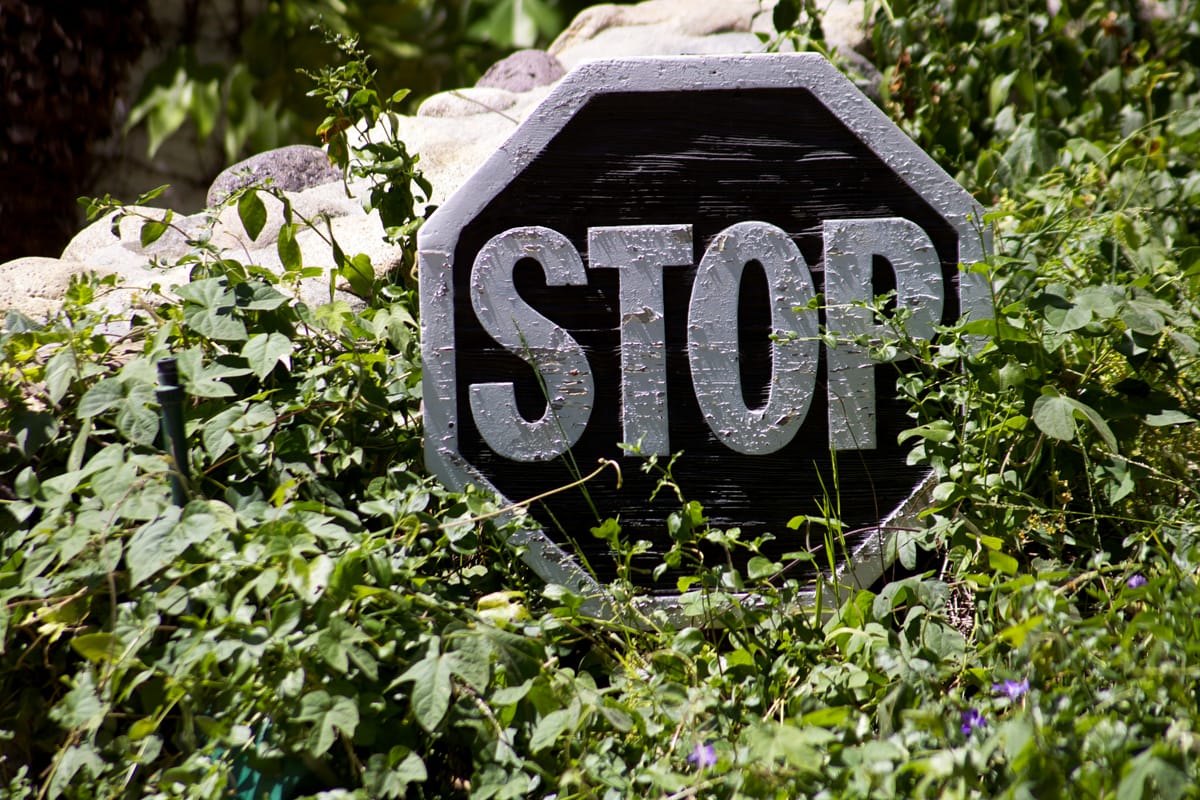Indiana Supreme Court Weighs Duty of Care in Overgrown Bush Case

INDIANAPOLIS — The Indiana Supreme Court is reviewing a case that could shift how responsibility is assigned for visual obstructions at rural intersections.
The case stems from a 2021 crash in Miami County, where Yerano Martinez collided with another vehicle at a four-way stop. Martinez claims that an overgrown bush on private property blocked his view of a stop sign. He sued the property owner, Jeffrey Smith, alleging negligence for failing to trim the bush.
Smith, however, argued that because the bush was entirely on his land and did not physically intrude onto the roadway, he had no legal duty to ensure visibility for motorists.
Courts Favor Property Owner
Both the trial court and the Indiana Court of Appeals sided with Smith. They ruled that Indiana law does not require private landowners to remove visual obstructions that are wholly contained on their property. These rulings cited prior precedent that created a clear boundary: landowners are only responsible when hazards extend into the road.
Under this “bright-line rule,” landowners are not liable for visual obstructions unless they create dangerous conditions that directly interfere with the roadway itself.
Challenge to Existing Precedent
Martinez appealed to the state’s highest court. His attorney, Scott Faultless, urged the justices to reconsider the precedent and argued that the bush in question interfered with a public right of way by blocking a crucial traffic sign.
Faultless said the earlier ruling was appropriate in its context, but that it should not shield property owners who create risks by allowing obstructions near roads. He also pointed to state statutes and common law, which he said support the idea that landowners have some responsibility to prevent such hazards.
He argued that the bush appeared within the public right of way and noted that Smith had planted it and maintained the area around it.
“This case is the next step in the race,” Faultless told the court.
Key Questions from Justices
The justices pressed attorneys from both sides, questioning whether a stop sign qualifies as part of the roadway. They also asked if blocking such a sign could be considered a direct hazard.
Smith’s attorney, Sheila Sullivan, responded that local governments, not private landowners, are responsible for maintaining traffic visibility. She pointed out that counties hire crews to manage roadside conditions.
But the court questioned whether rural counties like Miami have the resources to monitor every intersection. That concern added weight to the argument for assigning some responsibility to adjacent landowners.
Lawmakers Take Notice
The legal debate mirrors efforts in the Indiana General Assembly. During the 2025 legislative session, lawmakers introduced Senate Bill 183 in response to deadly crashes at rural intersections.
The proposed law would have required property owners to keep a clear “line of sight triangle” near stop signs and intersections on agricultural land. The bill would have allowed crash victims to sue if poor visibility played a role.
Although the bill failed, some of its provisions were incorporated into another law with less forceful language.
Decision Pending
The Indiana Supreme Court has not yet ruled on the matter. Its decision could set a new precedent for when private landowners must maintain clear views at public intersections.
For now, the case remains a key test of how far the duty of care extends when private property borders public roads.
